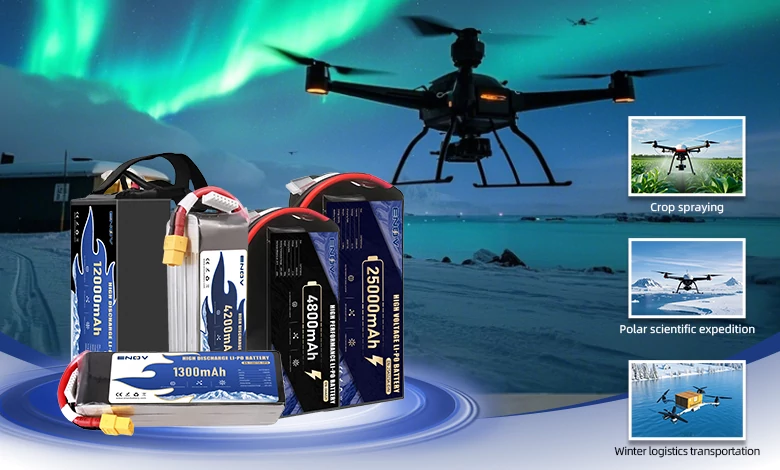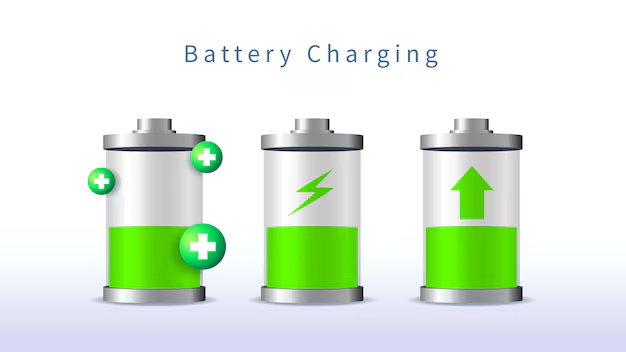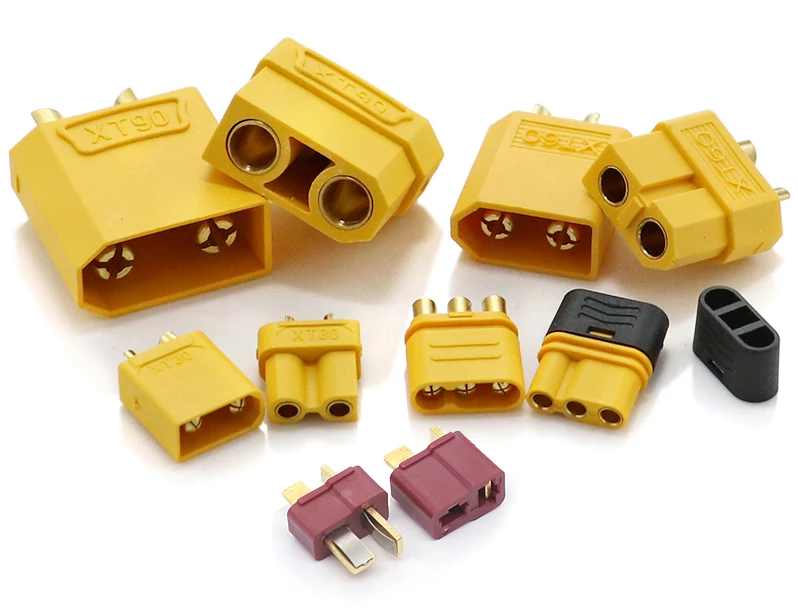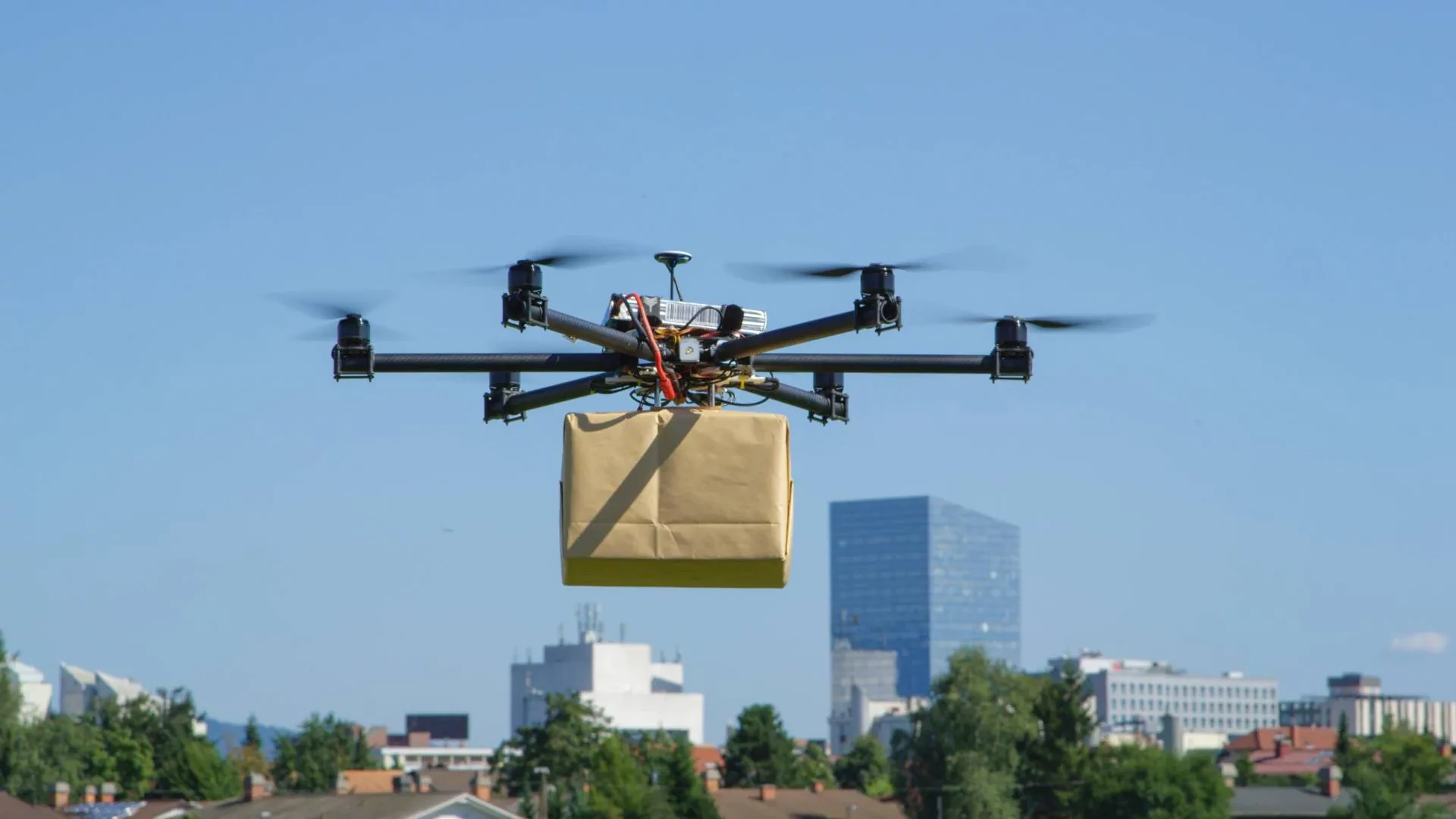Standard Operating Procedures for Agricultural Drone Applications (Full Process)

ENOV High-Energy drone batteries power industrial and commercial drones. Delivering 220–320 Wh/kg energy density, they enable long flight times (30+ mins) and support fast charging (2C). Perfect for aerial photography, surveillance, and delivery drones.
The standardization of agricultural drone operations directly impacts the effectiveness of pest control, equipment longevity, and environmental safety. Based on practical requirements, the standardized workflow can be divided into three core stages: pre-operation preparation, in-operation procedures, and post-operation wrap-up. Each stage requires strict attention to detail to ensure efficiency, safety, and environmental protection.
I. Pre-Operation Preparation: Comprehensive Inspection and Planning
Thorough preparation before operations is critical for risk mitigation and efficiency. It involves multi-dimensional checks and planning covering the environment, equipment, chemicals, and personnel.
1. Environmental and Airspace Survey
Field Survey:
Identify the boundaries, shape, and area of the target field.
Document terrain features (e.g., slope, flatness), crop type (e.g., rice, wheat, fruit trees), and growth stage (e.g., seedling, maturity).
Identify pest and disease types (e.g., aphids, powdery mildew) to guide route planning and chemical selection.
Obstacle Identification:
Mark obstacles such as utility poles, trees, power lines, and greenhouse frames within or near the field. Plan flight paths to avoid collisions.
Weather Check:
Verify real-time weather conditions 1 hour before operations, ensuring:
Wind speed ≤ Level 5 (optimal <3 m/s to minimize chemical drift).
No heavy rain, thunderstorms, or fog (visibility ≥500 meters).
Temperature between 10–35°C (to prevent chemical volatilization or crystallization).
Airspace Compliance:
Confirm the area is not a no-fly zone (e.g., near airports or military zones). For controlled airspace, obtain prior approval from local aviation authorities.
2. Equipment Inspection
Drone Body:
Check for cracks or deformities.
Ensure motors run smoothly (no abnormal noise or jamming).
Inspect propellers for damage or wear; confirm secure installation.
Verify GPS signal stability (≥10 satellites to prevent positioning drift).
Power and Control Systems:
Remote controller battery ≥80%; test button and joystick responsiveness.
Drone batteries must show no swelling or leakage, with a charge of≥90% for sufficient flight time.
Confirm secure connections between batteries, drone, and remote controller, with no signal delay.
Spraying System:
Check the tank for leaks.
Ensure nozzles are unclogged (test with clean water) and produce uniform spray patterns.
Inspect hoses for kinks or leaks; confirm the pump operates stably (consistent flow rate).
Backup Equipment:
Prepare spare batteries (≥1.5 times the estimated need), chargers, propellers, nozzles, and tools.
3. Chemical Preparation
Chemical Selection:
Choose pesticides based on pest/disease type, prioritizing low-toxicity, low-residue, and eco-friendly options. Avoid high-drift formulations like emulsifiable concentrates.
Mixing Protocol:
Dilute chemicals strictly per label instructions (e.g., 100 ml pesticide to 30 L water).
Use the “two-step dilution method”: dissolve the chemical in a small amount of water first, then add it to the tank and top up with water.
For tank mixes, confirm compatibility to avoid precipitation. Add in this order: foliar fertilizers → insecticides → fungicides. Mix thoroughly.
Safety Measures:
Wear rubber gloves, goggles, masks, and long-sleeved clothing during mixing.
Store leftover chemicals and empty containers separately; never discard randomly.
4. Personnel Qualifications and Roles
Operators:
Must hold professional certifications (e.g., AOPA license) and be trained in drone operation and emergency protocols (e.g., return-to-home, forced landing).
Review the operation plan (flight routes, parameters) before starting.
Support Staff:
At least one assistant is required to monitor the surroundings (e.g., intruders, livestock) and assist with battery swaps or chemical refills.
II. In-Operation Procedures: Precision Control for Optimal Results
Operations must adhere to parameter settings, flight protocols, and real-time monitoring to ensure uniform chemical coverage while minimizing waste and pollution.
1. Final Pre-Flight Check
Equipment Recheck:
Confirm battery levels, GPS signal, tank fluid level, and nozzle functionality.
Ensure stable remote controller-drone connectivity (no interference).
Parameter Settings:
Flight Altitude: 0.5–2 meters above the crop canopy (0.5–1 m for short crops like wheat; 1.5–2 m for tall crops like corn).
Flight Speed: 3–6 m/s (reduce speed for dense crops to avoid missed spots).
Spray Volume: Adjust based on chemical concentration and crop needs (e.g., 5–15 L per mu). Synchronize nozzle flow rate with flight speed.
2. Flight and Spraying Protocols
Takeoff/Landing:
Choose flat, open areas away from crops/obstacles.
Throttle up slowly; confirm stable hover before spraying. Land gently to avoid impact.
Flight Path:
Follow preset straight-line routes with 10–20% overlap between adjacent swaths.
Reduce speed to 1–2 m/s during turns to minimize chemical drift.
Spraying Monitoring:
Observe nozzle spray patterns for uniformity or leaks. Clear clogs immediately.
Avoid upwind operations; adjust swath spacing in crosswinds.
Emergency Response:
If GPS fails (triggering “Attitude Mode”), stabilize the drone manually and return home.
Land immediately if the battery drops below 20% or in sudden high winds/obstacles.
3. Safety and Environmental Compliance
Personnel Safety:
Post signs (e.g., “Drone Operation—Keep Away”).
Keep observers ≥50 meters away; exclude unauthorized personnel.
Chemical Safety:
Avoid skin contact; rinse immediately if exposed. Operate upwind to reduce inhalation.
Prohibited Actions:
Never replace batteries or tanks mid-flight.
No beyond-visual-line-of-sight (BVLOS) flights or altitudes >120 meters.
Avoid spraying toxic chemicals over people, livestock, or water sources.
III. Post-Operation Wrap-Up: Systematic Maintenance and Documentation
Post-operation handling affects equipment lifespan, environmental safety, and future efficiency. Follow structured cleaning, recording, and maintenance steps.
1. Equipment Cleaning and Maintenance
Spray System:
Drain residual chemicals into designated containers for proper disposal.
Rinse tanks, hoses, and nozzles 3–5 times with clean water.
Disassemble nozzles; clean clogs with a soft brush; air-dry before storage.
Drone Cleaning:
Wipe the body with a dry cloth. For chemical residue, use a mild detergent.
Inspect propellers and motors for wear; replace if damaged.
Clean the GPS module surfaces to ensure signal stability.
Battery and Remote Controller:
Store batteries at 30–50% charge in cool, dry places (10–25°C).
Clean remote controller buttons and recharge periodically.
2.Data Recording and Archiving
Key Records:
Date, location, crop type, pest/disease details, chemical names/quantities.
Area covered, flight duration, battery usage, equipment issues/resolutions.
Data Use:
Optimize future operations (e.g., adjust chemical doses, flight parameters).
Trace phytotoxicity causes, if needed. Maintain records for ≥2 years.
3. Site and Waste Management
Field Cleanup:
Collect empty bottles and packaging as hazardous waste for licensed disposal.
Remove all tools and trash to prevent soil/water contamination.
Leftover Chemicals:
Diluted chemicals must be used per label instructions (e.g., on similar crops).
Store sealed original chemicals in dedicated areas away from food/feed.
By strictly adhering to these standardized procedures, agricultural drone operations can achieve safe, efficient, and eco-friendly pest control while minimizing impacts on equipment and the environment.
Quick inquiry
Drop us a line, and we’ll get back to you within 24 hours.

Ariana Yuan
Digital Operations Manager
Website Planning|Marketing Project Management for Drone Batteries|Scheduled Content Refresh|SEO Optimization

Ariana Yuan
Digital Operations Manager
Website Planning|Marketing Project Management for Drone Batteries|Scheduled Content Refresh|SEO Optimization




